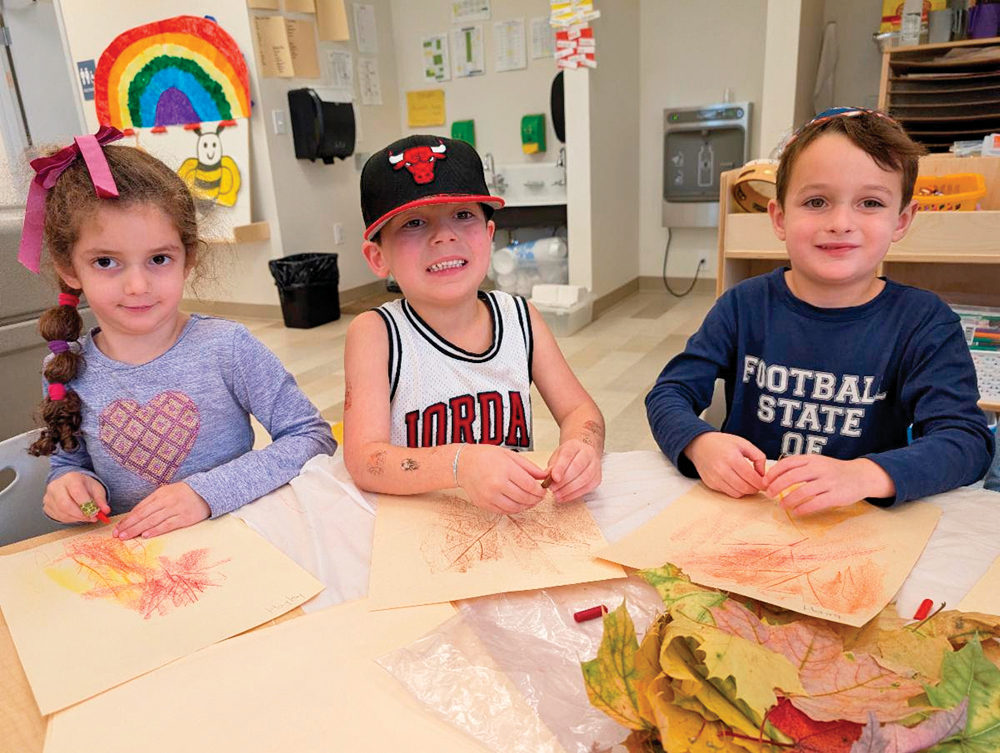(Courtesy of Yeshiva University) On Sunday, September 8, the Fish Center for Holocaust and Genocide Studies will be hosting a program at the Yeshiva University Museum displaying Shoshana Comet’s tapestry artwork. The event will begin with a tour of this Holocaust survivor’s tapestries and continue with hearing scholars/specialists discuss Comet’s artistic representation of the Holocaust in her artwork, the use of art as a means of coping with trauma and the use of art as a means of record keeping and preserving the history of the Holocaust. A Q&A session will conclude the program.
Tapestry artist Shoshana Comet, nee Ungar, developed her artistry postwar. Comet concealed the trauma she endured from the Holocaust until many years later when she was capable of expressing her anguish through her art. She and her family daringly escaped the invasion of Hitler’s army into Belgium in 1940. The family traveled by train and foot through France, dodging bombs dropped by German airplanes. Their harrowing journey proceeded into Portugal until they finally reached Spain and secured visas to immigrate into the United States. They arrived in 1941. It was not until 1968 that Comet used weaving as a means to convey her story. She selected the medium of wool instead of paint because “ … a painting when completed is fixed in time; whereas with wool, which comes from a living animal, there continues to be movement and change, as with life itself.” Comet fashioned five six-foot high tapestries.
While weaving her fourth tapestry, “War,” Comet suffered from paralysis of her right arm. When no physical reason could be determined, she used psychotherapy to regain use of her arm as well as to reduce her fear of flying. It was surmised that the paralysis resulted from her emerging memories. After finishing her fifth piece, she became a psychotherapist to assist other Holocaust survivors and their families deal with their trauma. It was too emotionally draining for her to both weave and provide psychotherapy; therefore, she chose to provide psychotherapy to aid other sufferers instead of focusing on her own trauma. Comet rejected the conventional model of “Survivors’ Syndrome” which established the survivors as victims who were characterized by their guilt, anxiety and depression. By removing the stigma of victimhood, Comet provided support and fostered growth that promoted self-healing, self-reliance and service to others.
Please join us for the Shoshana Comet Exhibition Program on Sunday, September 8, from 12:00 – 2:00 p.m. at the YU Museum, 15 West 16th Street, New York.
Note: the source of the biographical information was from Ted Comet’s “Transformation: On a Good Day She Would Kiss Me Back: Transforming Trauma into Energy and Action,” openDemocracy, March 10, 2014.













